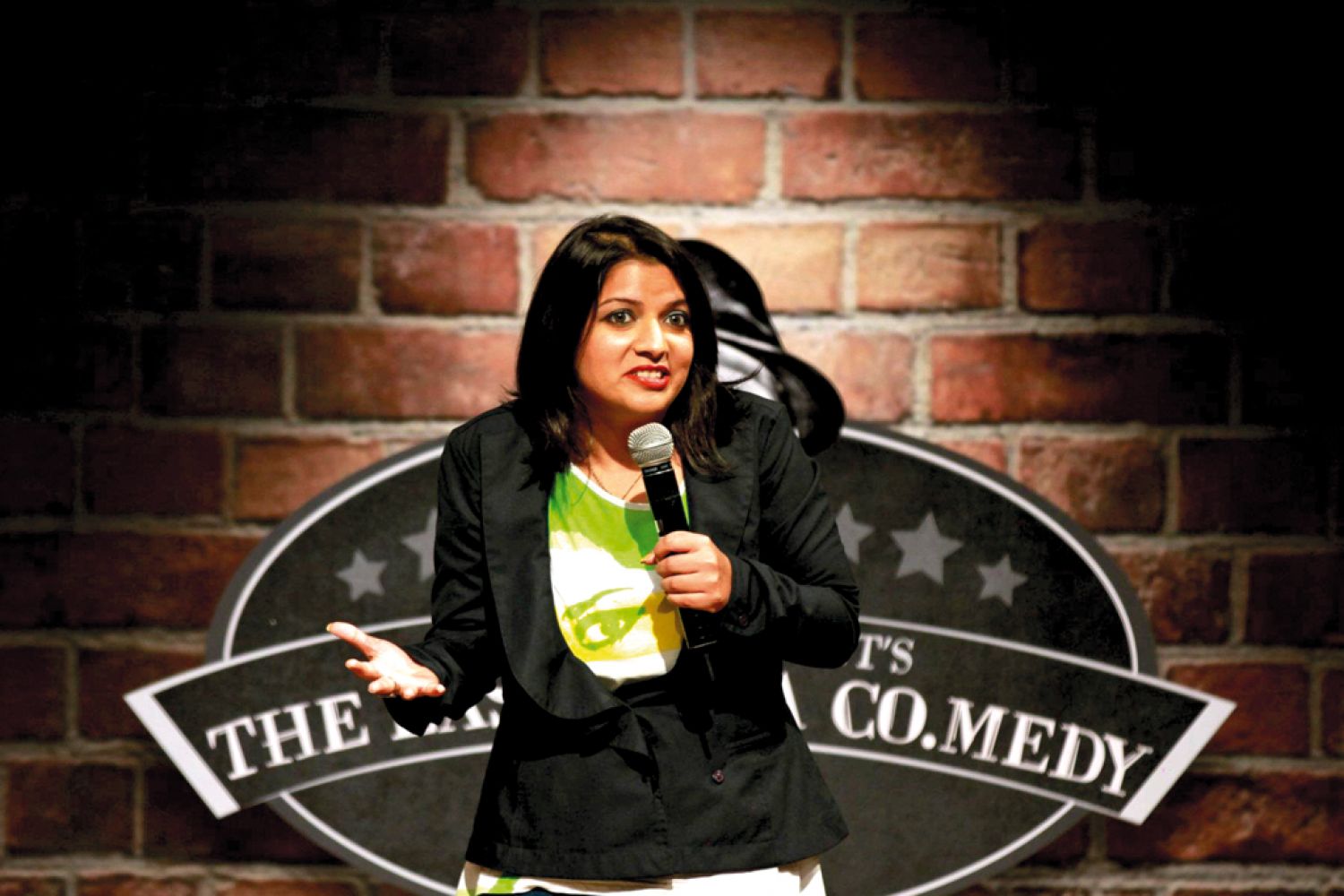
Thousands of tiny
black-and-white television screens flicker on and off. A handful of colour TVs
in some households bring the next-door neighbours over. Radio sets are tuned
into the All India Radio frequency. Visually and aurally, the news relayed is
the same.
A frail, bald
70-year-old man is making a speech. Said to be fluent in 17 languages, tonight,
more than ever, he wants to communicate clearly. The socialists are out to get
him. The right-wingers are baying for his blood. The nat





